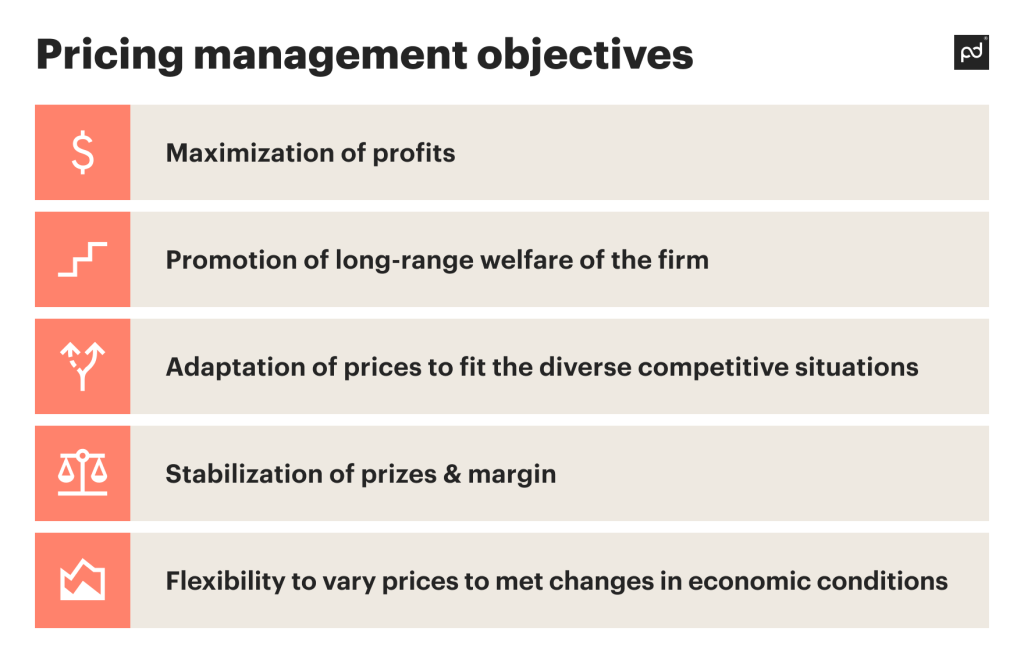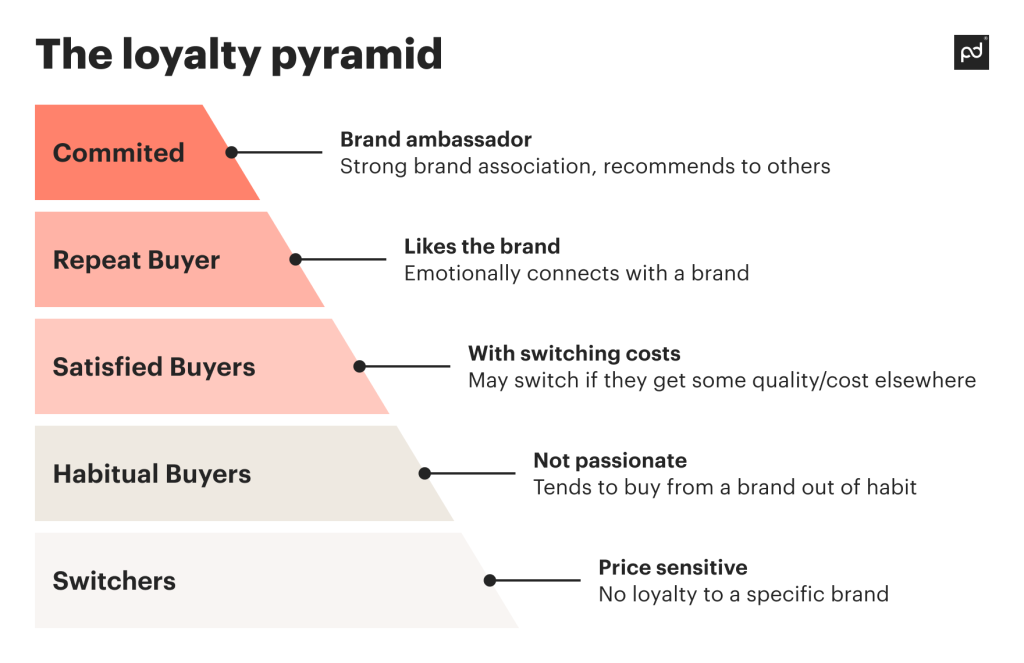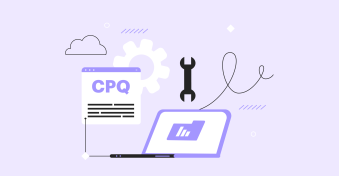Determining your price management strategy is a key aspect of any business.
While it may sound simple on the surface, there are many parts that make up the whole.
It can be complex and at times challenging to establish accurate and consistent pricing as your company grows, products change, and markets shift.
You want to keep the ship afloat? There’s a few things you need to learn.
The importance of price management
To begin, let’s answer the basics: What is price management?
Price management refers to the process behind the strategy of deciding on the initial price and changing it when necessary.
In the world of B2B, price management is key for streamlining profitability, keeping an edge against competitors, and being nimble for market fluctuations. What goes up, must come down.
No market or price will be constant, and it’s necessary to keep a watchful eye on things like the supply chain, and value and demand, and re-price quickly to stay in the game.

How do you set off on this quest to optimize price management?
First, take stock of your long-term business goals, the current demands of the market for your industry (such as competitor pricing), and what your target customer expects from you before making any pricing decisions.
Gather as much information as you can, you’ll need every arrow in your quiver to effectively hit your mark several times over.
A lot of businesses use outdated methods when it comes to the pricing process, living in the dark ages of manually combing through data on spreadsheets, losing valuable time, and increasing the risk for error on product pricing.
This can lead to an inconsistency in pricing which in turn costs you customers, and thus, profit.
Yikes! Well, never fear, we’re here to set you up for success on this quest and pull you out of the darkness.
Common pricing models in B2B
You’ve got your arrows, you’re ready to set out on the quest, you’re open to new and improved methods…now what?
Now, we need to assess which of the following paths your business and its products/services falls into before deciding which route to take.
For example, value-based pricing could fall into any of the three buckets, depending on the specifics.
Here are some of the most common B2B companies pricing models. See if any sounds familiar to you:
- List price: A standard price for a product or service, can be used as a base or beginning in negotiations.
- Matrix/system price: This pricing structure offers more flexibility since it’s dependent on variables such as tiers of customers, regions, and quantity, where applicable.
- This model is great for customization.
- Customer-specific price: Need to tailor price to each individual customer? This is the path for you.
- This route often includes contracts, purchase-history, and the customer’s long-term value.
Depending on which of the above pricing models you decide to use, manually adjusting them is an unnecessary task.
Tools like PandaDoc CPQ are built to be the best weapon in your arsenal.
The challenges of traditional price management
As we’ve discussed, manually handling the price management process will leave you prone to errors and with wasted time.
We understand it may feel overwhelming to learn a new method, or pick up a new software, so if you’re still on the fence, let us help you hop over it and to a better pricing management system.
Time-consuming manual updates
Risk: With so much valuable time spent on manual updates, you risk missing out on more opportunities and deals.
Delayed quotes
Risk: Doing quotes manually slows down the whole process, risking frustrated customers and lost deals.
Inconsistent pricing
Risk: Without a system in place, teams may not be aligned on current pricing, risking confusion and inefficiency.
Errors
Risk: From data entry to outdated pricing, manual processes are more prone to human error, risking inconsistency, lost customers, and even negative reviews.
Having the right tools can make or break your business, and it all starts with price management.
“We are a custom manufacturing company and our sales team needs to be able to prepare customized quotes with multiple sections, and formats. Our CRM, HubSpot, was unable to accomodate this type of setup so we were elated to find PandaDoc who streamlined our process and brought with it additional efficiencies.” Missy Ramberg, Marketing Director at Acucraft Fireplaces
Acucraft Fireplaces skyrocketed their close rates by 10% and cut down on human errors by 37% by switching to PandaDoc.
Streamline price management
Price list management software can be an excellent tool to help you streamline price management processes. Having the right software in place can:
- Help you visualize goals and data
- Set pricing models
- Provide historical data
- Allow you to do a competitive analysis with ease
- Provide real-time data for faster A/B testing and shortened sales cycles
- Give your team an easy-to-use, centralized location for price management operations
Centralized pricing control with CPQ
You’ve seen the risks associated with staying in the past.
What happens when you have new products? Or market conditions change? Maybe you need different pricing to remain competitive.
Allow us to make a recommendation for successfully stepping into the future: CPQ (Configure, Price, Quote).
CPQ can centralize your pricing data in one easy system, altogether removing the risk of inconsistent or outdated price optimization between your teams.
Better yet? With CPQ you can set your own pricing rules, discounts, customer-specific pricing, and access important decision-making data to help you determine your optimal price.
All while minimizing errors and giving your team valuable time back to focus on other things, like, closing more deals and increasing profit margins, for one.
Running a sale, new promotion, responding to market shifts or seasonality?
Easy, CPQ can handle all of that for you and communicate it across your pricing teams by keeping all the information centralized.
How to simplify complex pricing models
Are you working with volume-based discounts? Complex pricing for your products and services?
Tiered pricing? Product bundling? No need to panic, CPQ to the rescue. CPQ is king when it comes to automating complex pricing models.
Sales teams can easily generate quotes without needing to manually determine calculations, discounts, or factor in intricate pricing structures.
Better? Your sales reps can funnel that added energy and time back into investing in their customer relationships.
If your business has complex pricing needs, or a variety of products and services, CPQ can be an invaluable tool.
Real-time price adjustments
Let’s face it. Markets change on a dime, and you need to be able to go where the wind blows if you want to stay competitive with real-time pricing.
You must be ready at all times to shift course, and shift fast.
Customer loyalty isn’t what it used to be. If your prices aren’t aligned with current market trends, buyers will move to another brand.

Rather than wasting time manually adjusting to real-time fluctuations, pricing management software such as CPQ can shift your prices based on a variety of factors. This helps you go from reactive, to proactive.
Automate complex pricing models
Set automatic rules to trigger discounts, bundle pricing, and other customer-specific pricing without the need for manual adjustments.
Simplify complex pricing models
Focus on clear communication between teams. Consider breaking down your pricing into tiers such as bundle discounts, or value-pricing tiers.
Keep your language to the point so your values and prices are clearly established to your customer base.
Enable real-time adjustments
Make sure you have a system in place to respond to real-time market shifts to remain competitive and valuable to your customers with the best pricing.
Train sales teams
Make sure your sales team is properly trained on how to utilize your system, like CPQ, so they can confidently generate quotes.
Adjust as needed
Review you pricing strategies and rules on a regular basis to audit what’s working, what’s not, and adjust as needed.
Effective price management
Traditional methods can keep you in the dark.
Once you equip yourself with the tools and knowledge to move forward, you can start down the path of putting a process in place that best suits your business goals.
Better yet, with software like CPQ you can boost confidence and revenue growth.
Let us walk you through the benefits of switching to PandaDoc, so you can save time, and stay competitive in the market.
Disclaimer
PandaDoc is not a law firm, or a substitute for an attorney or law firm. This page is not intended to and does not provide legal advice. Should you have legal questions on the validity of e-signatures or digital signatures and the enforceability thereof, please consult with an attorney or law firm. Use of PandaDoc services are governed by our Terms of Use and Privacy Policy.


